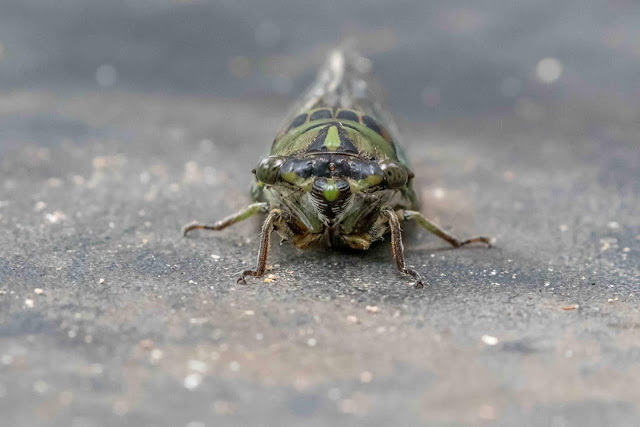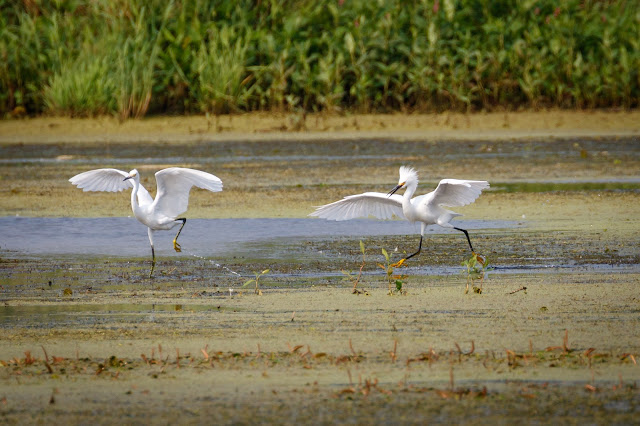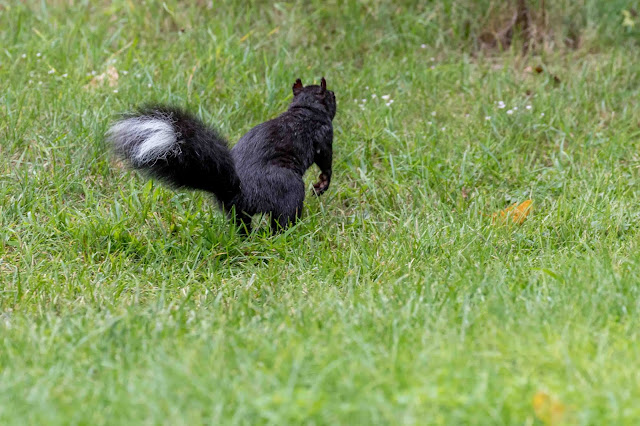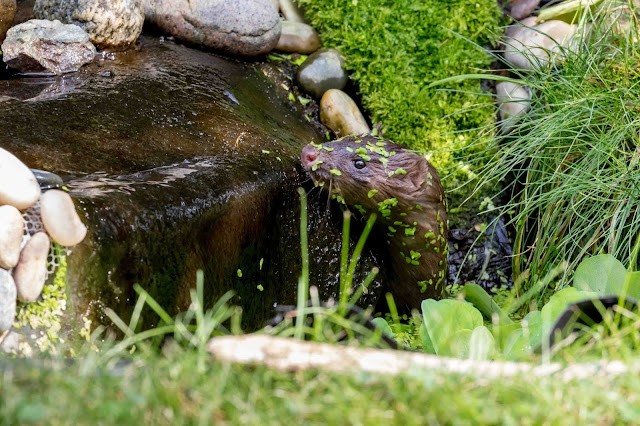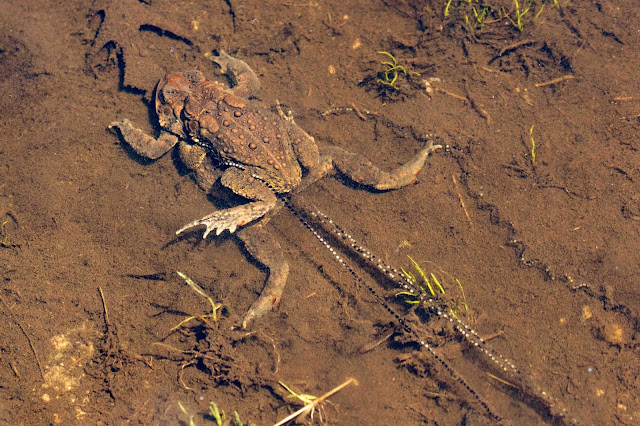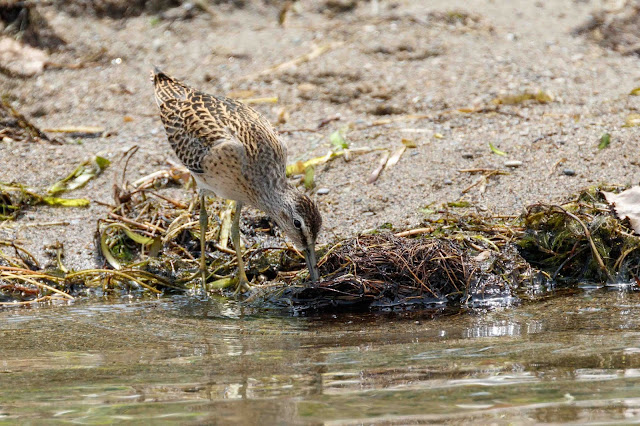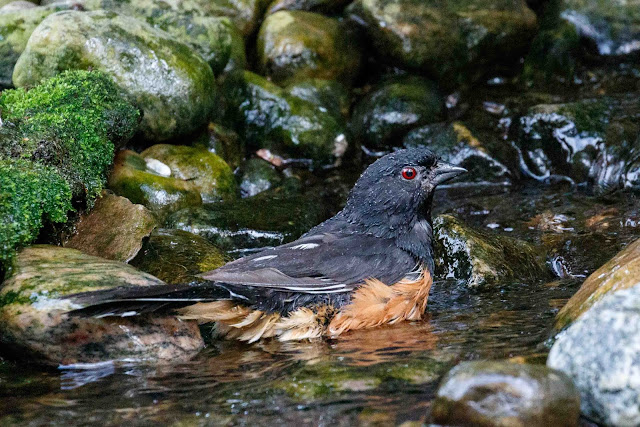Sora

Out on the pontoon looking for soras today. Found 8 or 9, hard to keep track. This one posed so nicely that I took about 125 shots. This is just one at random and it may or may not be the best of the bunch. We'll see. Porzana carolina Soras might not look like they can fly long distances with their stubby wings and chubby bodies, but they fly hundreds of miles each spring and fall to wetlands in Central and South America. source - https://www.allaboutbirds.org/guide/Sora/
